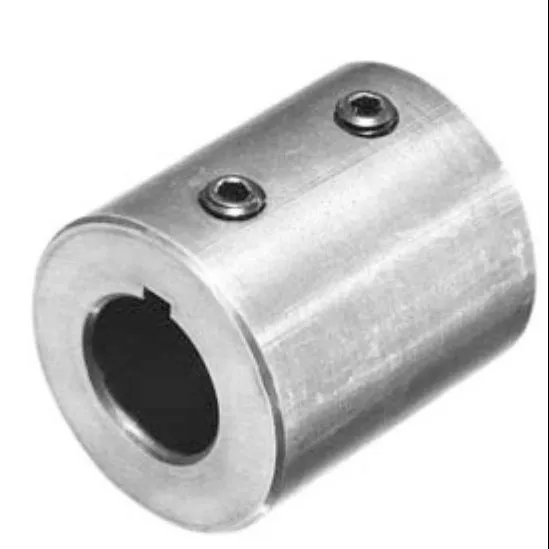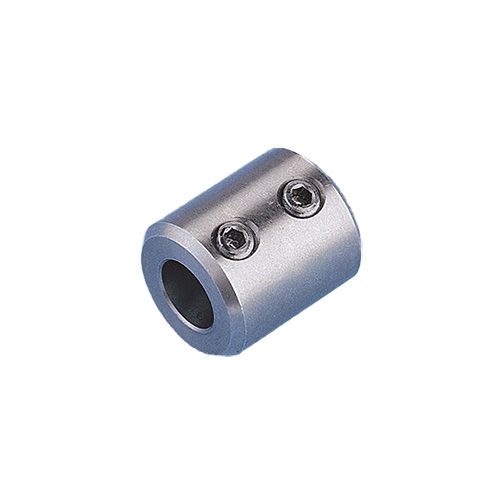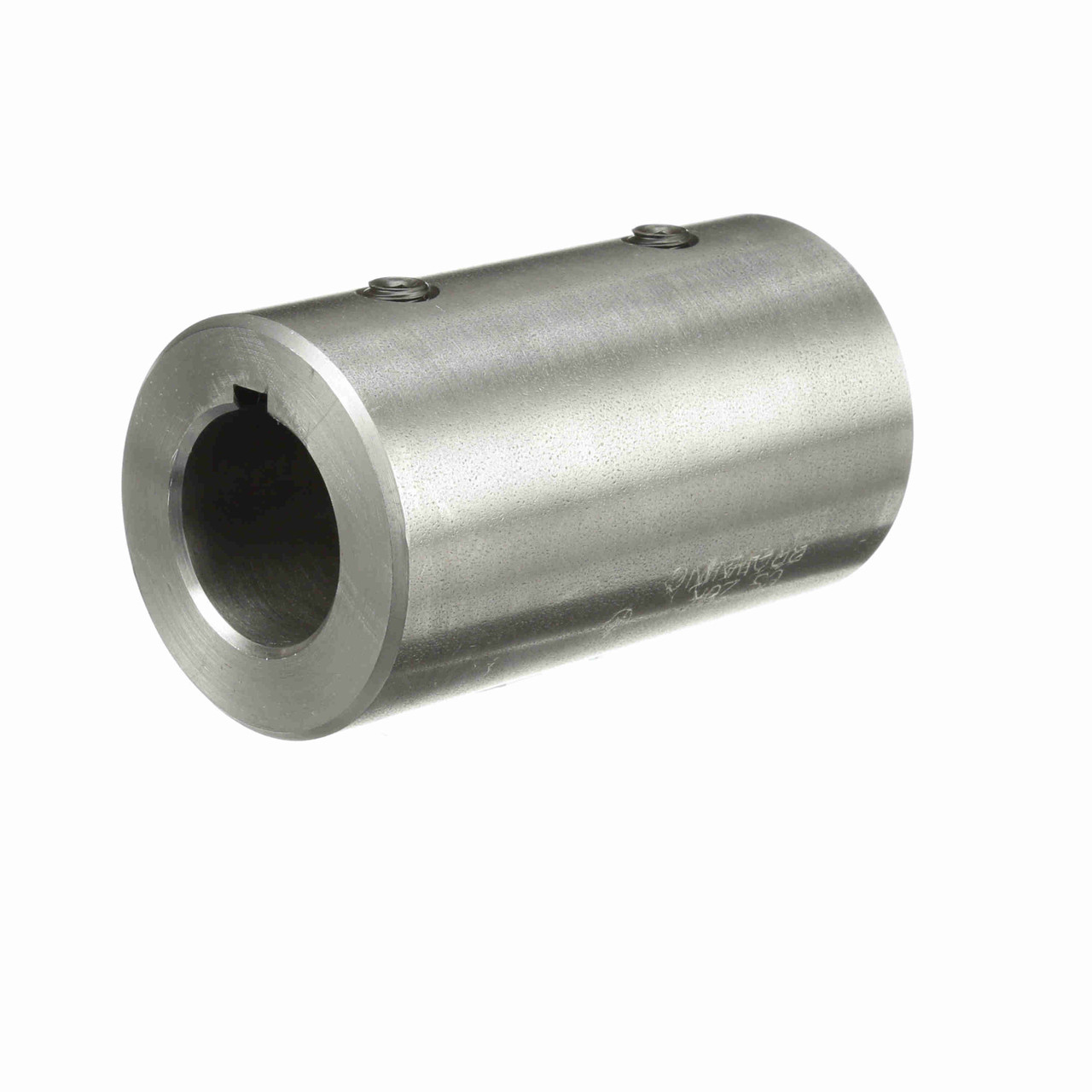Product Description
XHnotion Pneumatic Safety Button Coupling with Swivel Brass Fittings with Rubber Sleeve
Features
1. Safety.
(1) – Press button once: instantaneous pressure relief.
(2) – Press button twice: instant disconnection.
XHnotion S safety coupling incorporate a foolproof mechanical safety mechanism.
They comply with standards ISO 4414
2. No Leakage
The sealing mechanism is used in conjunction with plugs, eliminates all leaks when coupled or uncoupled.
3. Reliable
The construction from shock-resistant composite materials, together with the metal insert, ensure long life and dependability.
Specifications
| Product Name | Coupling with swivel fitting with rubber sleeve |
| Maximum Inlet Pressure | 220Psi |
| Maximum Temperature | – 60° F to 140° F |
| Air Flow | 36 SCFM at 90 Psi |
| Coupler Body Shell Material | Fiberglass Filled Nylon 66 |
| Rubber Seal | NBR |
| Plug | ISO 6150 B12, 5.5mm |
Advantages
1. Safety connection and disconnection.
2. The coupler automatically vents pressure before release.
3. The coupler prevents accidental hose whip
4. Fit for compact space, good gripping.
Packing & Shipping
Packing:
Transparent plastic bag + white small box + neutral carton + pallet
Custom packaging are available, XHnotion brand packagwe are available
Shipping:
Export port: HangZhou or ZheJiang , China
Shipping way: by sea, by air, by courier
Express: TNT, DHL, UPS, FedEX, SF Express
Delivery time: 3 days to 30 days depends on actual orders.
Our Company
XHnotion originate from notion between pneumatic power and human.
(X stands for winds, H stands for human)
In Chinese, XHnotion stands for ‘we do, we promise’ we read it ‘X-notion’.
The company XHnotion Pneumatic was founded in 2007 and has developed with a steadily growing success to a reliable partner for international established clients.
This success of the company XHnotion Pneumatic is based on:
High class quality standard
Customer satisfaction
Fair price policy
Flexibility
The high-class quality standard of the products of company XHnotion is reflected in our quality management system, certificated ISO 9001:2008. And we got CE, RoHS, REACH certificate for international market. XHnotion Pneumatic manufactures below products:
Pneumatic Components: air cylinder, solenoid valve, FRL
Solenoid Calve: standard solenoid valve, multipurpose solenoid valve, pneumatic angle valve
Pneumatic Fittings: plastic pneumatic fittings, metal pneumatic fittings, pneumatic muffler, water push in fittings
Air Hoses: air tubing, PTFE tubes, tube cutter, pipes
Why Choose US?
1. We offer 1 stop solution. Over 5000 items for you to save efforts and costs.
2. We have molds workshop, die-casting workshop, CNC workshop, plastic injection workshop to
make sure each part exactly as the drawing and good function.
3. We will reply you within 24 hours.
4. Whatever quantity you are requesting, we always offer you the best quality.
5. 3D drawing, CAD drawing service for custom fittings, hose, valve, cylinder.
FAQ
Payment Terms:
We accept T/T, L/C, Paypal, Western Union,etc.
Samples Policy:
For regular items, free samples against your courier account or you pick up from us.
For custom items, we will discuss by email.
Return Policy:
We assure you 1 year policy after shipment.
If there is any problem during this period, please contact us for support.
/* January 22, 2571 19:08:37 */!function(){function s(e,r){var a,o={};try{e&&e.split(“,”).forEach(function(e,t){e&&(a=e.match(/(.*?):(.*)$/))&&1

Are there Specific Temperature and Torque Limits for Different Sleeve Coupling Materials?
The temperature and torque limits of sleeve couplings can vary depending on the materials used in their construction. Different materials offer different performance characteristics, and selecting the appropriate material is essential to ensure the coupling can withstand the operating conditions. Here are some common sleeve coupling materials and their associated temperature and torque limits:
1. Steel Sleeve Couplings:
Steel sleeve couplings are robust and can handle a wide range of temperatures and torques. They are suitable for applications in industrial machinery, power transmission systems, and various other fields. The temperature limits for steel sleeve couplings typically range from -30°C to 150°C (-22°F to 302°F). The torque limits can vary based on the specific design and size of the coupling but are generally high, making them suitable for heavy-duty applications.
2. Stainless Steel Sleeve Couplings:
Stainless steel sleeve couplings offer better corrosion resistance compared to standard steel couplings. They are ideal for applications where exposure to moisture or aggressive environments is a concern. Stainless steel sleeve couplings often have similar temperature limits to standard steel couplings, ranging from -30°C to 150°C (-22°F to 302°F). The torque limits for stainless steel couplings are also comparable to those of steel couplings.
3. Aluminum Sleeve Couplings:
Aluminum sleeve couplings are lightweight and suitable for applications where reduced inertia is desired. However, they have lower torque and temperature limits compared to steel or stainless steel couplings. The temperature limits for aluminum sleeve couplings typically range from -20°C to 80°C (-4°F to 176°F). Due to their lower torque capacity, aluminum couplings are more suitable for light to moderate-duty applications.
4. Brass or Bronze Sleeve Couplings:
Brass or bronze sleeve couplings offer good corrosion resistance and are often used in marine applications or environments where exposure to saltwater is a concern. The temperature limits for brass or bronze couplings are similar to those of aluminum couplings, ranging from -20°C to 80°C (-4°F to 176°F). Their torque capacity is also limited, making them suitable for light-duty applications.
5. Thermoplastic Sleeve Couplings:
Thermoplastic sleeve couplings are lightweight and provide excellent chemical resistance. They are suitable for use in corrosive environments or applications where non-metallic components are desired. The temperature limits for thermoplastic couplings typically range from -40°C to 80°C (-40°F to 176°F). Their torque limits are generally lower, making them suitable for light-duty or precision applications.
It is essential to check the manufacturer’s specifications and recommendations for each specific sleeve coupling model to determine its temperature and torque limits accurately. Additionally, the application’s operating conditions, such as the presence of shock loads, vibrations, or speed variations, should be considered when selecting the appropriate sleeve coupling material to ensure reliable and long-lasting performance.

Are there Sleeve Couplings Suitable for Applications Requiring Electrical Insulation Between Shafts?
Yes, there are sleeve couplings specifically designed to provide electrical insulation between shafts in certain applications. These couplings are known as electrically insulated sleeve couplings. They are used in scenarios where electrical isolation is crucial to prevent the conduction of electric current between connected shafts.
Electrically insulated sleeve couplings typically feature a non-conductive material, such as ceramic or composite, as the coupling element. This material acts as an insulator, effectively preventing electrical contact between the shafts and eliminating the risk of electrical grounding or short circuits.
Applications that commonly require electrically insulated sleeve couplings include:
- Electric Motors: In electric motor designs, the shaft may extend beyond the motor housing and come in contact with other components. An insulated coupling helps prevent current flow between the motor shaft and other conductive elements, enhancing safety and protecting sensitive components.
- Generators: Similar to electric motors, generators may also benefit from insulated couplings to prevent electrical paths that could lead to undesired currents or disruptions.
- High Voltage Equipment: In high voltage or electrical power transmission systems, insulated couplings are used to avoid potential electrical discharge between shafts.
- Electrical Test Equipment: Test equipment that measures electrical properties may require electrically insulated couplings to ensure accurate readings and avoid interference.
When selecting electrically insulated sleeve couplings, it is crucial to consider the specific electrical requirements of the application. The coupling’s insulation resistance, voltage rating, and temperature capabilities should match the application’s electrical conditions.
Additionally, engineers must consider other factors such as torque requirements, shaft sizes, and misalignment compensation when choosing the appropriate electrically insulated sleeve coupling for their application.
It’s important to consult with coupling manufacturers or industry experts to ensure the selected electrically insulated sleeve coupling meets the desired electrical and mechanical performance requirements.

How do Sleeve Couplings Handle Misalignment and Shaft Movement during Operation?
Sleeve couplings are designed to accommodate minor misalignments and shaft movement, making them flexible and versatile in various applications. Here’s how sleeve couplings handle misalignment and shaft movement during operation:
Misalignment Compensation:
When two shafts are connected by a sleeve coupling, perfect alignment is challenging to achieve, especially in dynamic systems subject to vibrations or thermal expansion. Sleeve couplings are forgiving in this aspect and can tolerate slight angular and axial misalignments between the shafts.
The sleeve coupling’s cylindrical shape allows it to bend slightly when subjected to misaligned forces. As a result, the coupling can flex and adjust to accommodate the angular and axial misalignments without causing excessive stress on the connected machinery.
Shaft Movement:
During operation, shafts in a motion control system may experience movement due to factors such as thermal expansion, vibrations, or changing loads. Sleeve couplings are inherently flexible, which enables them to cope with the movement of the connected shafts.
If one or both shafts move laterally or axially, the sleeve coupling can flex and elongate slightly to follow the movement without causing damage or disconnection. This flexibility ensures that the torque transmission remains smooth and uninterrupted, even when the shafts undergo changes in position or length.
It is essential to note that sleeve couplings have limitations in their misalignment compensation capabilities. They are best suited for applications with relatively small misalignments and moderate torque requirements. If the misalignment is excessive or the system demands precise shaft alignment, alternative coupling types with specific misalignment compensation features may be more appropriate.
Advantages of Misalignment Compensation:
The ability of sleeve couplings to handle misalignment and shaft movement offers several advantages:
- Reduced Stress on Equipment: By accommodating misalignment, sleeve couplings reduce the stress transferred to connected machinery and prevent premature wear or damage to the components.
- Vibration Damping: The flexible nature of sleeve couplings helps dampen vibrations caused by misalignment or external factors, leading to smoother operation and increased equipment lifespan.
- Less Maintenance: Properly installed sleeve couplings with misalignment compensation can result in reduced maintenance requirements, as they can tolerate minor shifts in the shafts without compromising performance.
- Cost-Effectiveness: Sleeve couplings offer a cost-effective solution for motion control systems that have acceptable levels of misalignment. Their simple design and materials make them economical for a wide range of applications.
In summary, sleeve couplings provide a reliable and economical solution for power transmission in motion control systems. Their ability to handle misalignment and shaft movement makes them suitable for various industrial applications where precise shaft alignment is not critical. However, it is essential to consider the specific requirements of the application and evaluate the level of misalignment before selecting sleeve couplings for optimal performance and longevity.


editor by CX 2024-04-15
